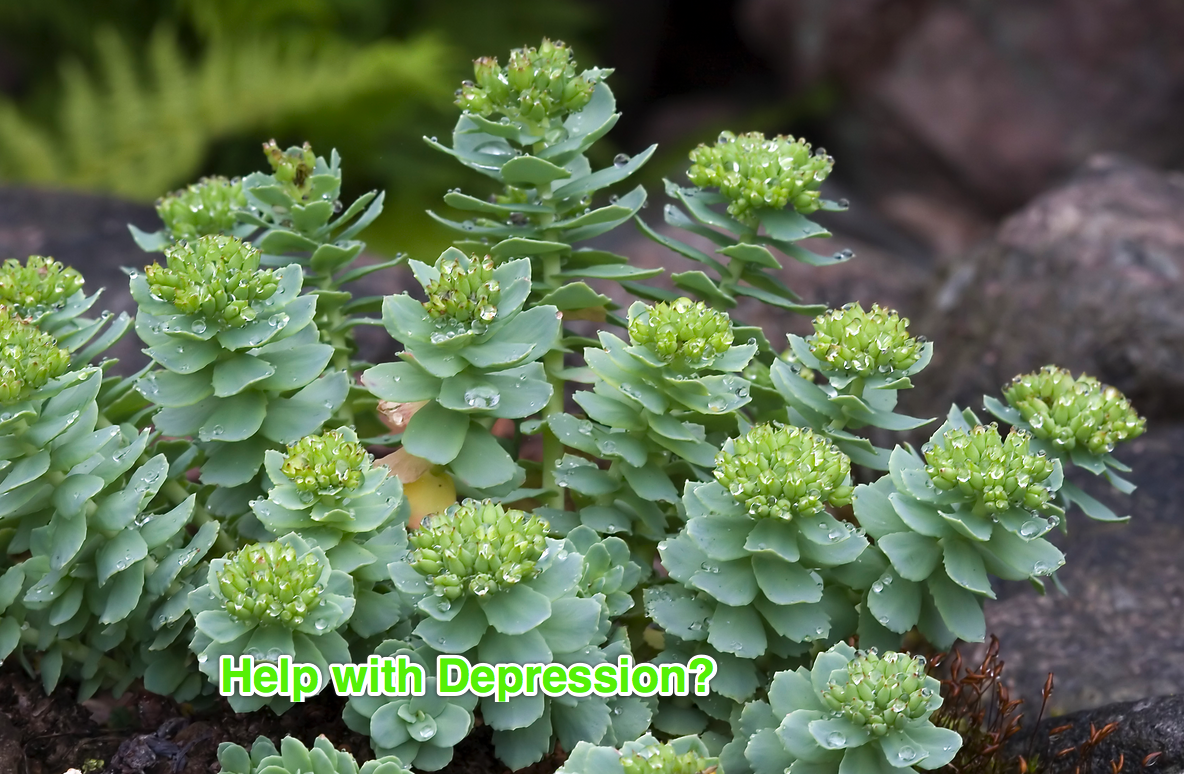Increase of teenage depression | Mental Health Help

 Mental Health for Teenagers | Describing teens as moody and angsty is an old cliche.
Mental Health for Teenagers | Describing teens as moody and angsty is an old cliche.
That stage of life is loaded with drama and intense feelings. And it was ever thus—just go back read your high school diary for evidence.
But while anxiety and sadness aren’t new phenomena among adolescents, there’s been a significant increase in the percentage of young people aged 12-20 who have reported having a major depressive episode (MDE).
A study of national trends in depression among adolescents and young adults published in the journal Pediatrics on November 14 found that the prevalence of teens who reported an MDE in the previous 12 months jumped from 8.7% in 2005 to 11.5% in 2014.
That’s a 37 percent increase. (An MDE is defined as a period of at least two weeks of low mood that is present in most situations. Symptoms include low self-esteem, loss of interest in normally enjoyable activities, and problems with sleep, energy and concentration.)
Despite the rise in teen depression, the study, which analyzed data from the National Surveys on Drug Use and Health, reported that there hasn’t a corresponding increase in mental health treatment for adolescents and young adults. Researchers said this is an indication that there is a growing number of young people who are under-treated or not treated at all for their symptoms.
Meanwhile, among those who did get help, treatment tended to be more intense, often involving specialized care by in-patient and outpatient providers and including prescription medications. (This may be due in part to increased mental health coverage in the wake of new health care parity laws.)
According to the Department of Health and Human Services, more than three million adolescents aged 12-17 reported at least one major depressive episode in the past year, and more than two million reported severe depression that impeded their daily functioning.  Perhaps the most common risk for depression is being female. According to the department of Health and Human Services, rates of depression among girls ages 12-17 in 2015 were more than double that of boys. (In the U.S., 19.5% of girls experienced at least one major depressive episode in the last year, while only 5.8% of boys did.)
Perhaps the most common risk for depression is being female. According to the department of Health and Human Services, rates of depression among girls ages 12-17 in 2015 were more than double that of boys. (In the U.S., 19.5% of girls experienced at least one major depressive episode in the last year, while only 5.8% of boys did.)
The authors of the teen depression trends study concluded that “the growing number of depressed adolescents and young adults who do not receive any mental health treatment of their symptoms calls for renewed outreach efforts, especially in school and college health and counseling services and pediatric practices where many of the untreated adolescents and young adults with depression may be detected and managed.”
Get the help you or your teenage needs, life matters.


